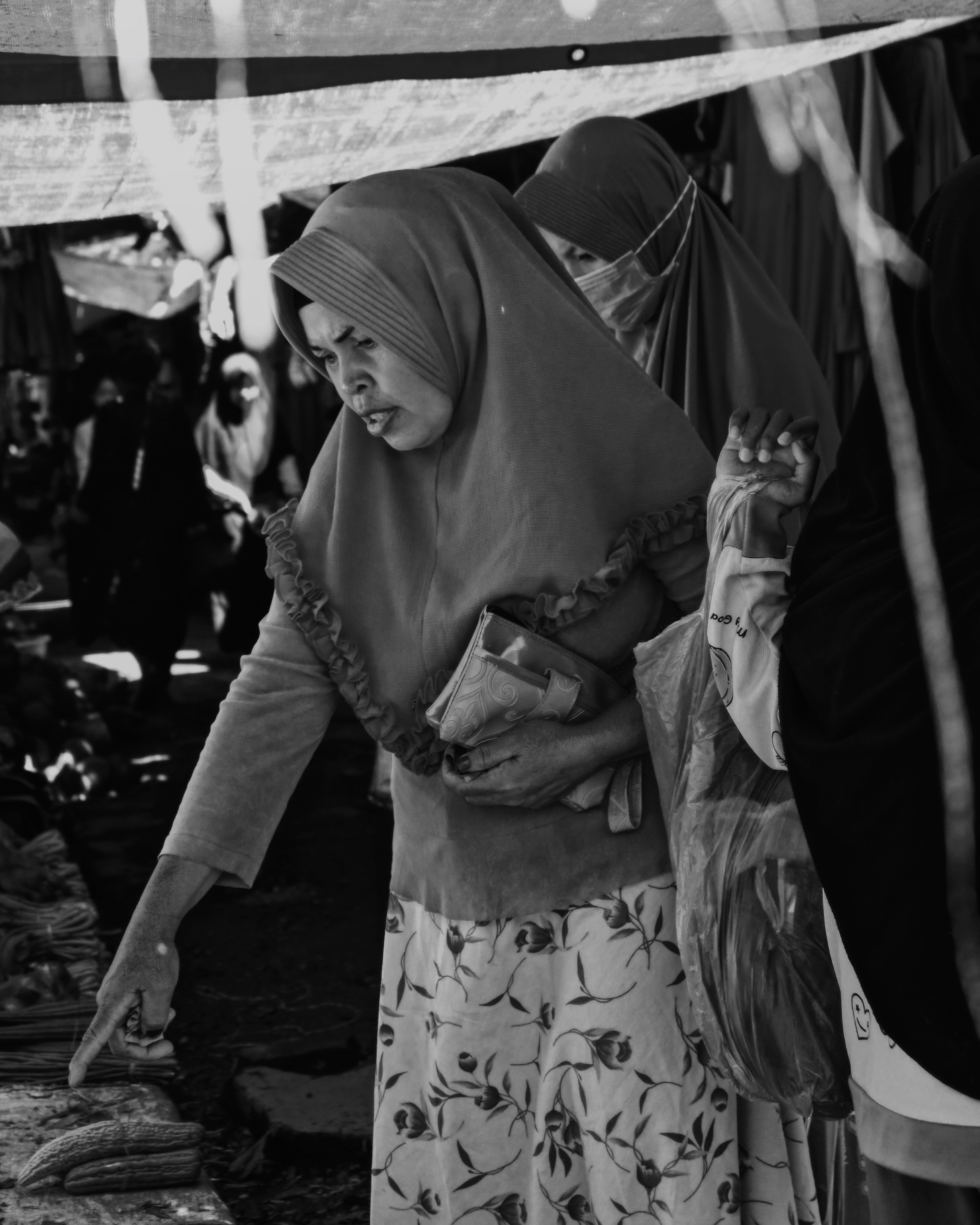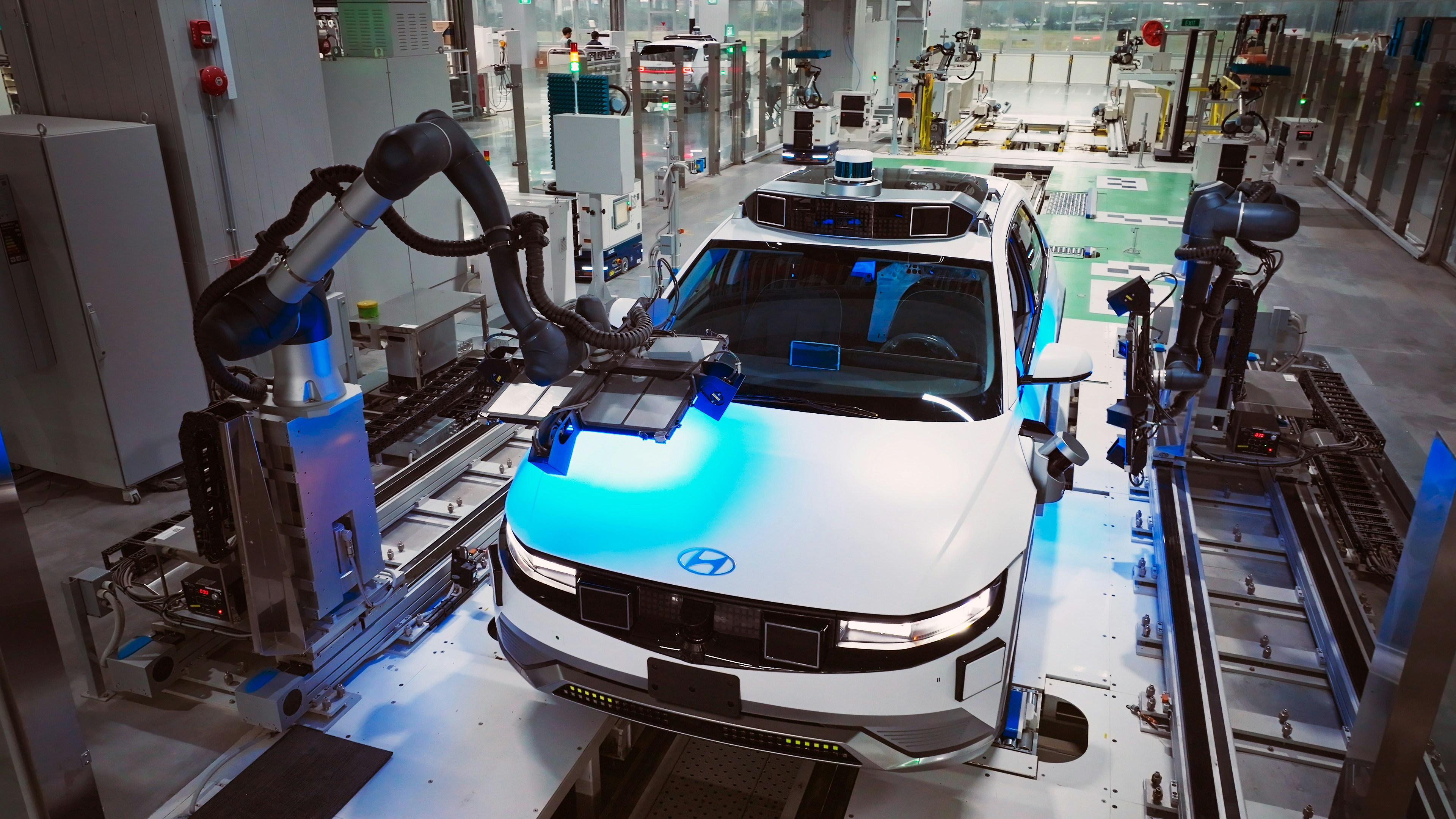
Understanding Islamic Migration to Europe
Islamic migration to Europe has a complex history, characterized by varied patterns and trends influenced by numerous factors over the decades. Historically, waves of migration occurred due to colonial ties, economic opportunities, and the need to escape conflict or persecution. In recent years, however, the factors propelling these migrations have shifted considerably, bringing a noticeable change to the demographic landscape of the labor market in Europe.
One significant driver of Islamic migration is the pursuit of better economic prospects. Many individuals from predominantly Islamic countries migrate to European nations in search of employment opportunities that are often limited in their home countries due to unstable economies or high unemployment rates. Additionally, factors such as education and family reunification contribute to the movement of migrants toward Europe, as individuals seek to improve their quality of life and that of their families.
In terms of scale, recent data highlights that Islamic migration has seen an uptick, particularly following political unrest in regions such as the Middle East and North Africa. The European Union has experienced an influx of migrants fleeing war and persecution, especially since the Syrian civil war intensified. According to Eurostat, migrants from Islamic nations represented a significant share of the total number of asylum seekers in Europe, which has further impacted the labor market dynamics.
Demographically, the Islamic population in Europe encompasses a diverse range of backgrounds, including refugees, skilled professionals, and unskilled laborers. Their integration into the European labor market introduces distinct challenges and opportunities, as these individuals often bring different skill sets and experiences. With the continuing trends of Islamic migration, understanding these patterns and their implications for the labor market in Europe is essential for policymakers and society at large.
Current Labor Market Trends in Europe
The labor market in Europe is experiencing significant transformations driven by various factors, including technological advancements and globalization. As these chsnges unfold, they have started to shape both the demand for specific skills and overall employment rates across different sectors. A notable aspect is the evolving role of Islamic migration in this landscape, particularly in sectors facing labor shortages.
Healthcare, technology, and service industries have notably been influenced by the influx of migrants. In the healthcare sector, many European countries grapple with an aging population, creating a higher demand for medical professionals. Islamic migrants have contributed to alleviating these shortages by filling essential roles, enhancing service delivery in hospitals and clinics. Moreover, as the number of migrants increases, a diverse range of perspectives and experiences has enriched the workforce, which can lead to innovative solutions to existing challenges.
In the technology sector, the demand for skilled professionals continues to rise, bolstered by advancements in artificial intelligence, cybersecurity, and data analysis. The European labor market is keenly aware of the need for tech-savvy individuals, which is reflected in increased employmentrates in these fields. Islamic migration has played a vital role, as many of these migrants possess highly sought-after skills often not available in the local workforce.
Additionally, the service industry remains a focal point for labor market growth. With hospitality and retail facing significant staffing challenges, migrants—including individuals from Islamic backgrounds—have contributed to maintaining operations and upholding service quality. Job creation within this sector has seen a positive trajectory, underscoring the economic contributions of migrants. Overall, the interaction between the labor market in Europe and Islamic migration illustrates how demographic shifts can drive sectoral changes, fostering resilience in a rapidly changing economic landscape.
Challenges Faced by Migrants in the European Labor Market
The integration of Islamic migrants into the European labor market is often hindered by several challenges that can create significant barriers to employment. One of the most pressing issues is the language barrier. For many migrants, a lack of proficiency in the host country’s language can lead to difficulties in communication, which undermines their ability to access job opportunities and effectively participate in the workplace. This issue extends beyond merely speaking the language; comprehension of technical jargon and workplace culture is equally important for successful integration into the labor market.
Another challenge faced by Islamic migrants is the recogbition of their qualifications. Many migrants arrive in Europe with degrees and professional experiences from their home countries, yet they often find their qualifications unrecognized. This lack of recognition can lead to underemployment, forcing migrants to accept low-skilled positions that do not align with their expertise. As a result, valuable skills and experiences may go untapped, creating an inefficiency within the labor market in Europe as well as disillusionment among the migrants.
Discrimination presents an additional hurdle. Many Islamic migrants encounter societal biases that may impact their job prospects. Prejudice against their cultural and religious backgrounds can result in unfair hiring practices or workplace environments that are hostile or unwelcoming. Statistics indicate that migrants, particularly those from Islamic backgrounds, often face higher unemployment rates compared to their native counterparts.
Legal obstacles further complicate the situation. Navigating the bureaucratic landscape of work permits and visas can be daunting, especially for those lacking familiarity with the processes in Europe. Policies aimed at addressing these challenges exist, yet their effectiveness is often questioned. Overall, the road to successful employment within the European labor market remains fraught with systemic issues that need to be addressed to facilitate better integration of Islamic migrants.
Future Outlook: Integration and Economic Contributions of Migrants
The European labor market is undergoing significant changes due to ongoing Islamic migration, which is expected to play a crucial role in shaping the region’s economic landscape in the coming years. As Europe faces challenges such as an aging population and labor shortages in various sectors, successful integration of migrants is paramount for sustainable economic growth. The potential for Islamic migrants to contribute positively to the labor market in Europe will depend on the adaptability of integration policies and the willingness of host societies to embrace diversity.
Various countries have already demonstrated successful integration models that offer important lessons for the rest of Europe. For instance, nations like Germany and Sweden have implemented comprehensive labor market integration programs, including language training, vocational education, and mentorship initiatives aimed at equipping migrants with the necessary skills to thrive in the local workforce. Such best practices not only empower migrants economically but also enhnce social cohesion, thereby fostering an environment where diverse cultures can coexist harmoniously.
Inclusivity in labor policies is another critical aspect that can significantly influence the future dynamics of the European labor market. A proactive approach to inclusivity entails recognizing the diverse skills and qualifications that migrants bring, as well as creating pathways for their contributions. By harnessing the talents of Islamic migrants, European nations can effectively address sector-specific labor shortages while stimulating economic dynamism. Additionally, fostering dialogues between employers and migrant communities can lead to a better understanding of potential barriers and expectations in the workplace.
Ultimately, the relationship between Islamic migration and the Europran labor market is a twofold process involving both the efforts of migrants to integrate and the strategies employed by European countries to facilitate this integration. By striving for a mutually beneficial approach, stakeholders can ensure that Islamic migration will contribute positively to the fabric of the European labor market and bolster economic resilience in the face of changing global dynamics.



